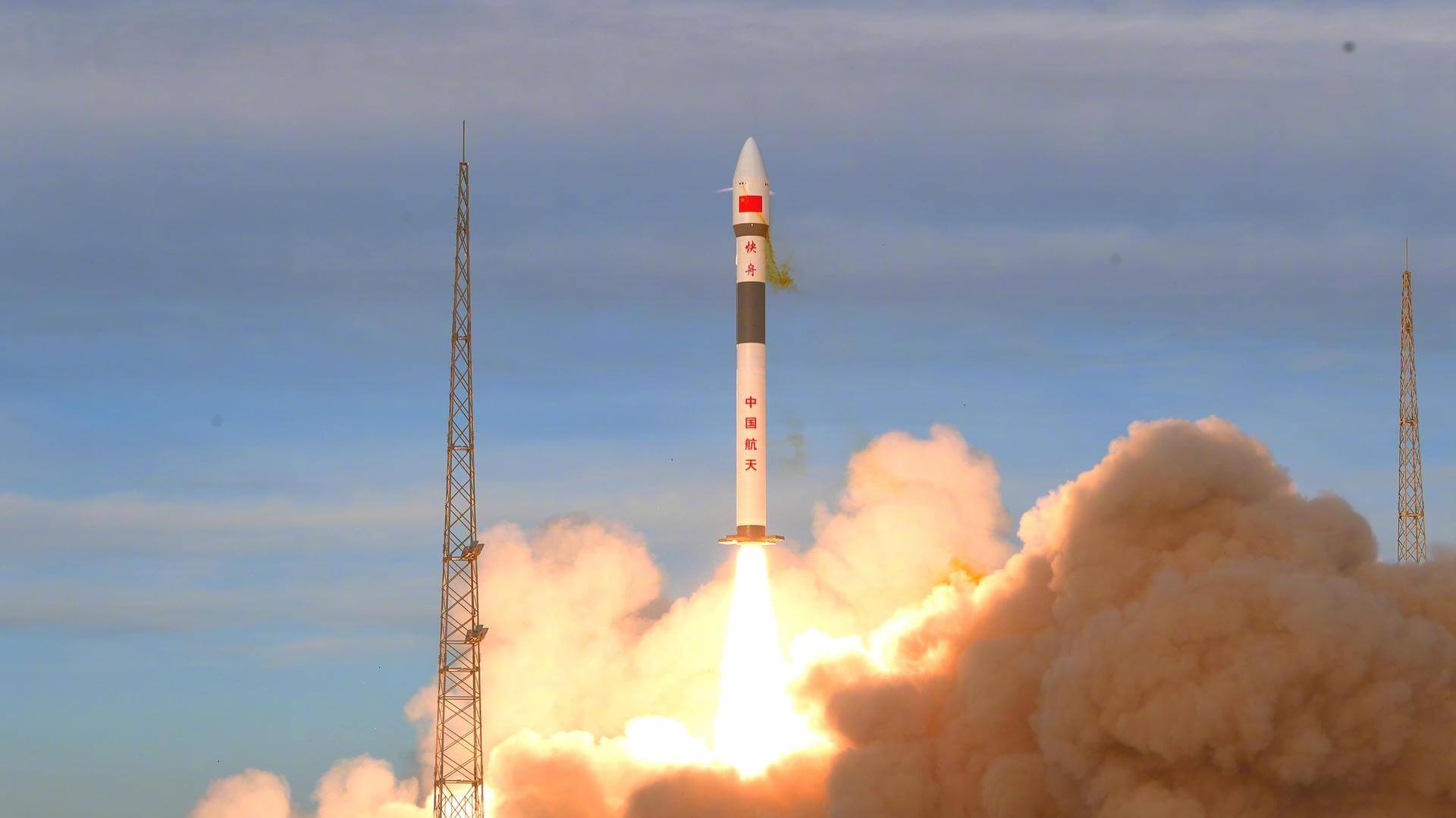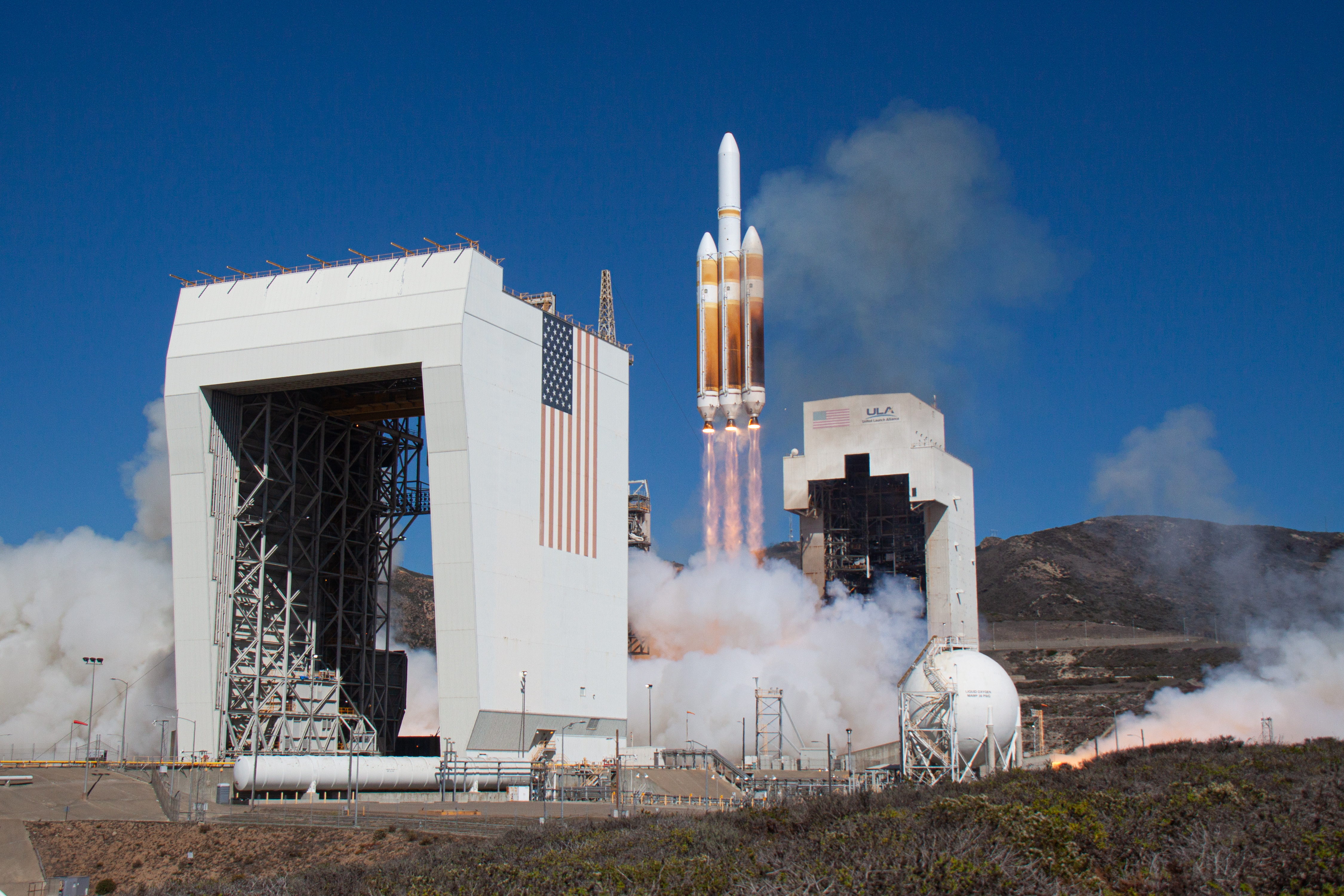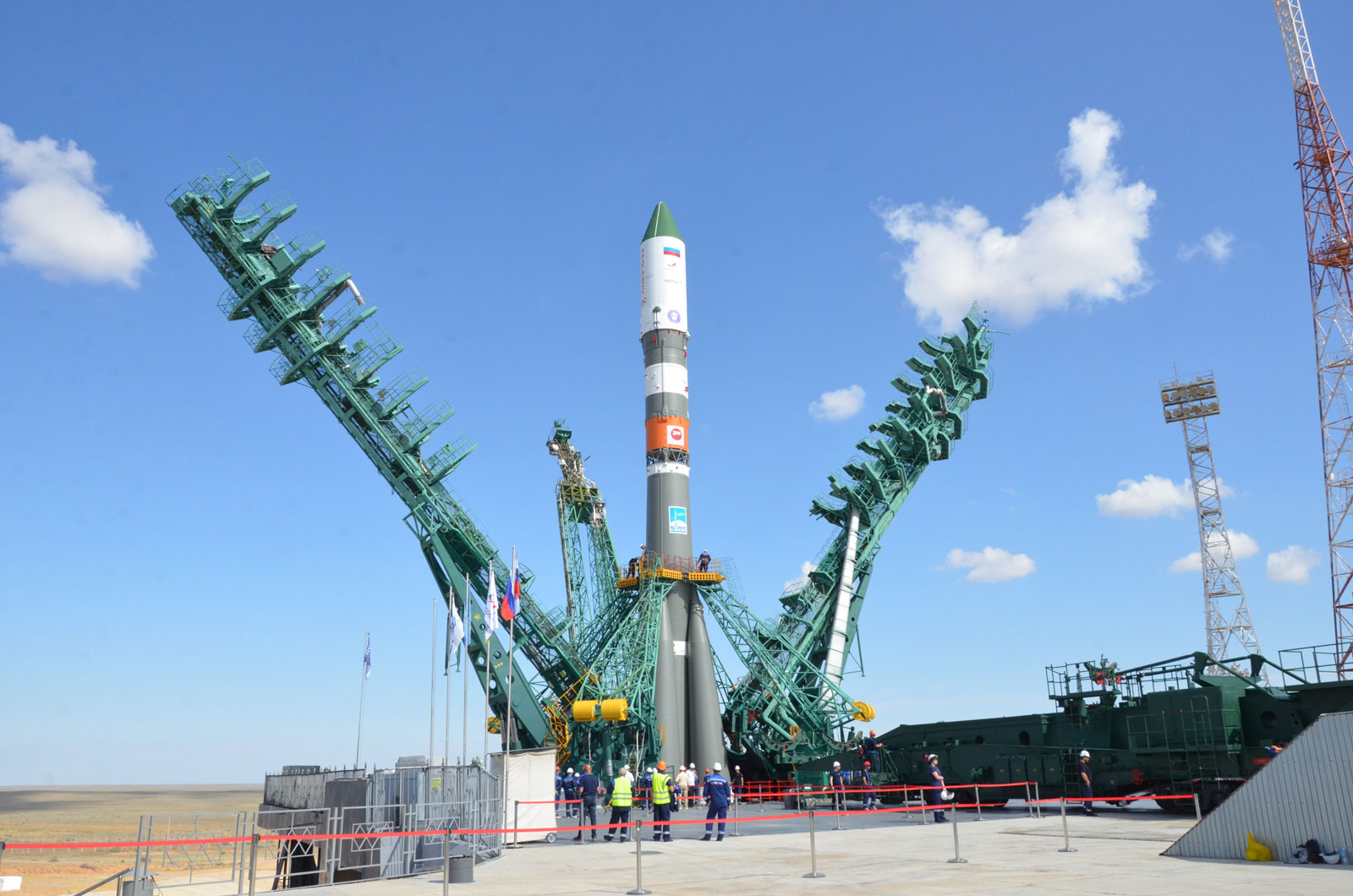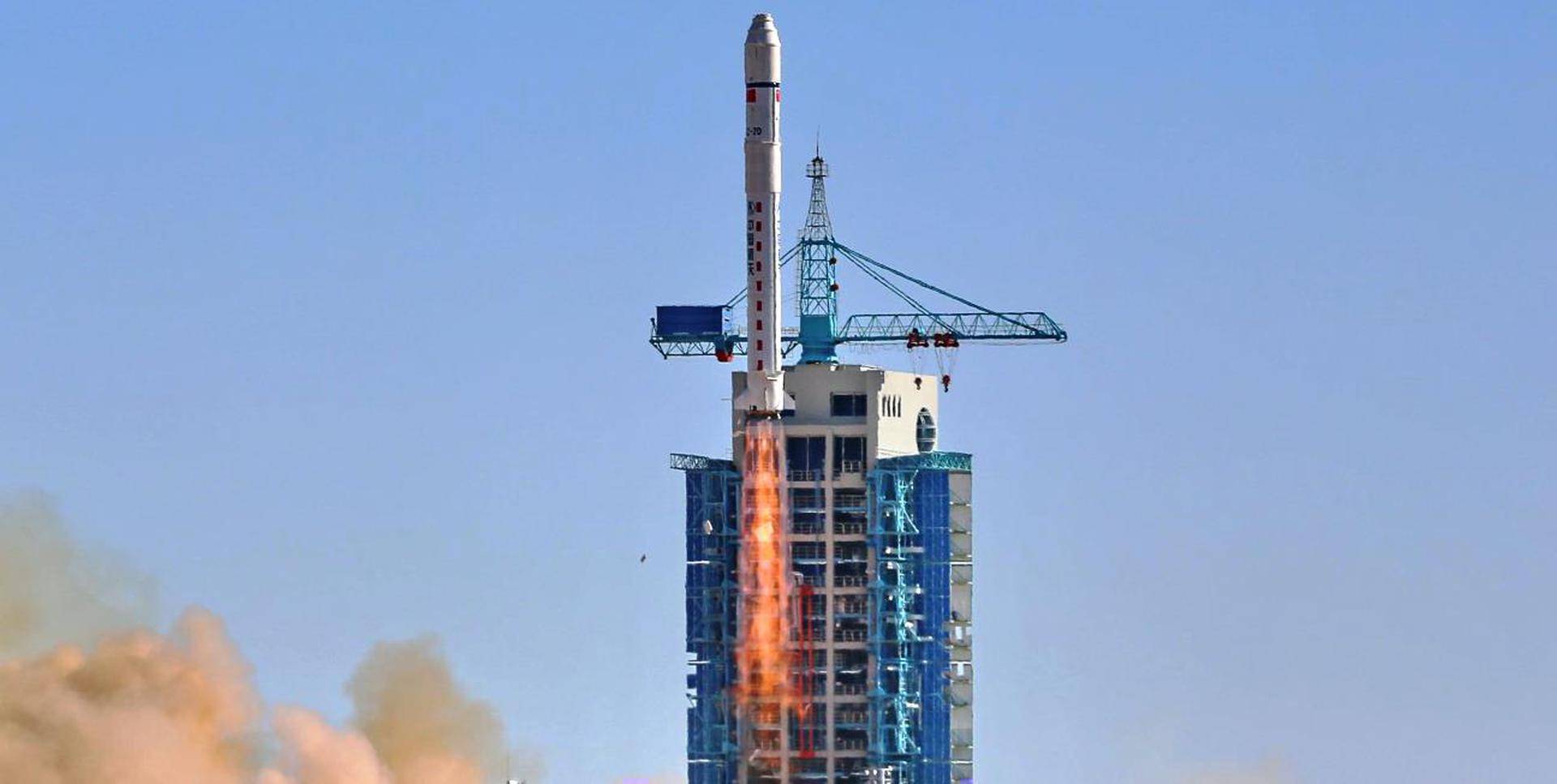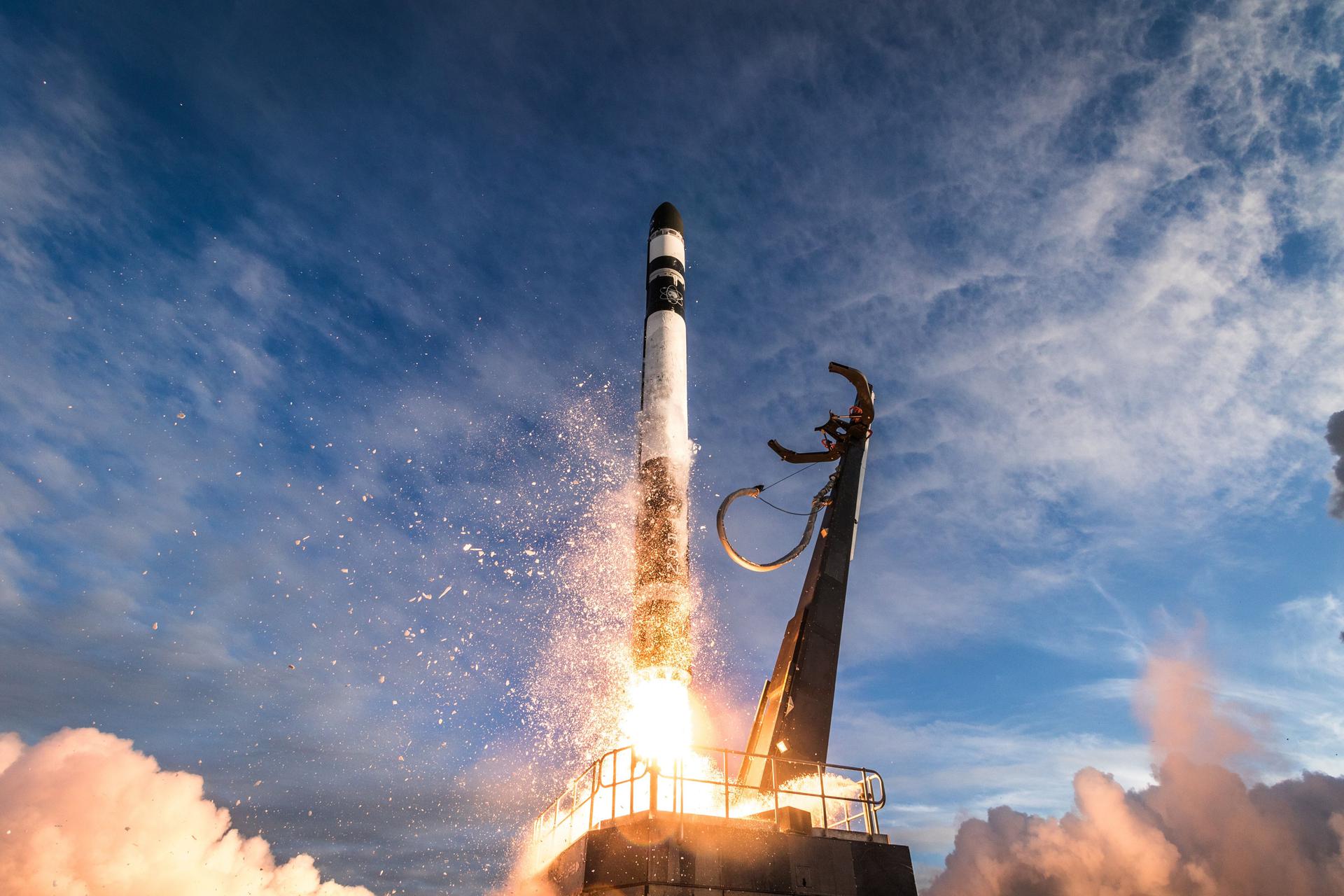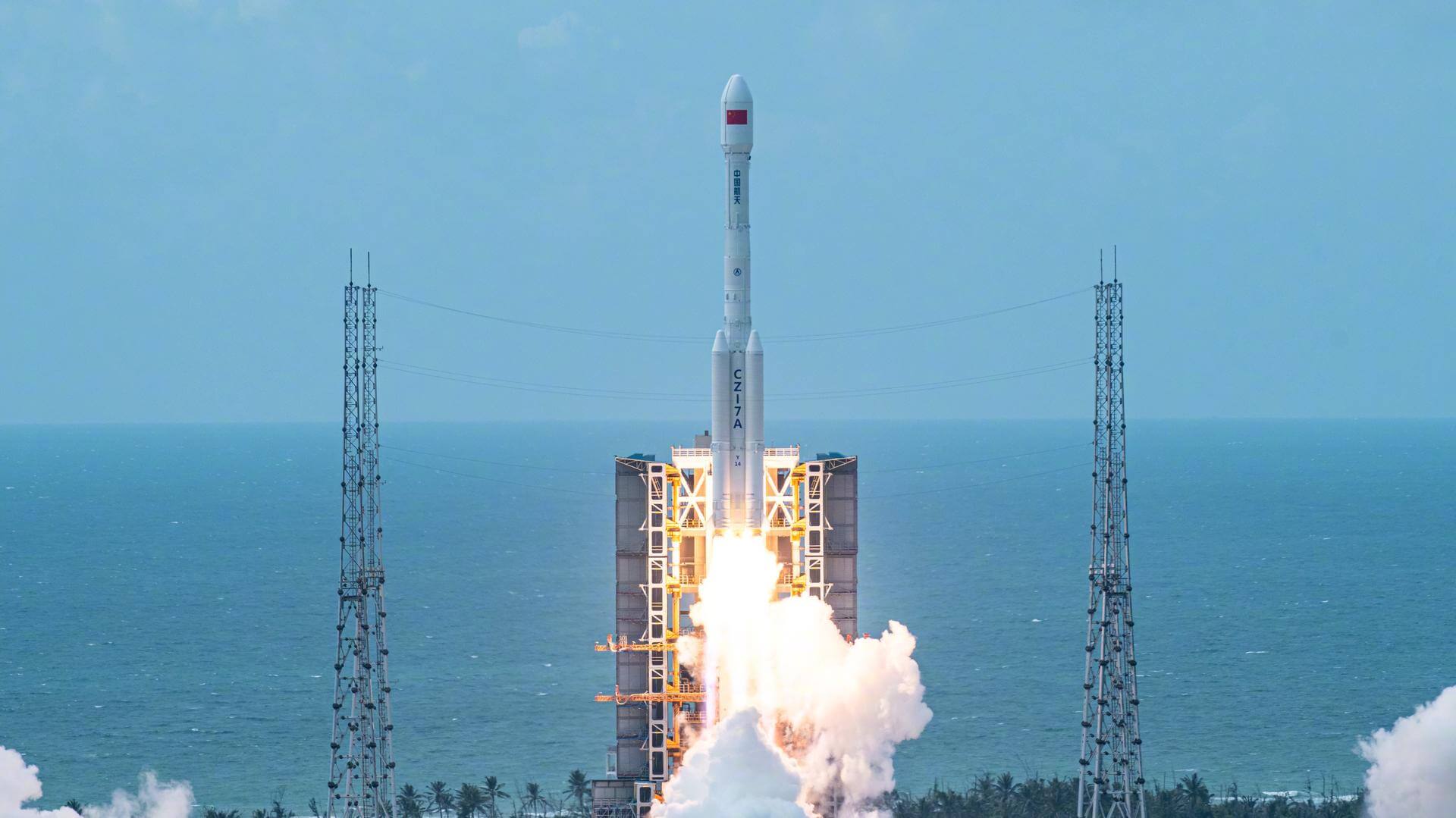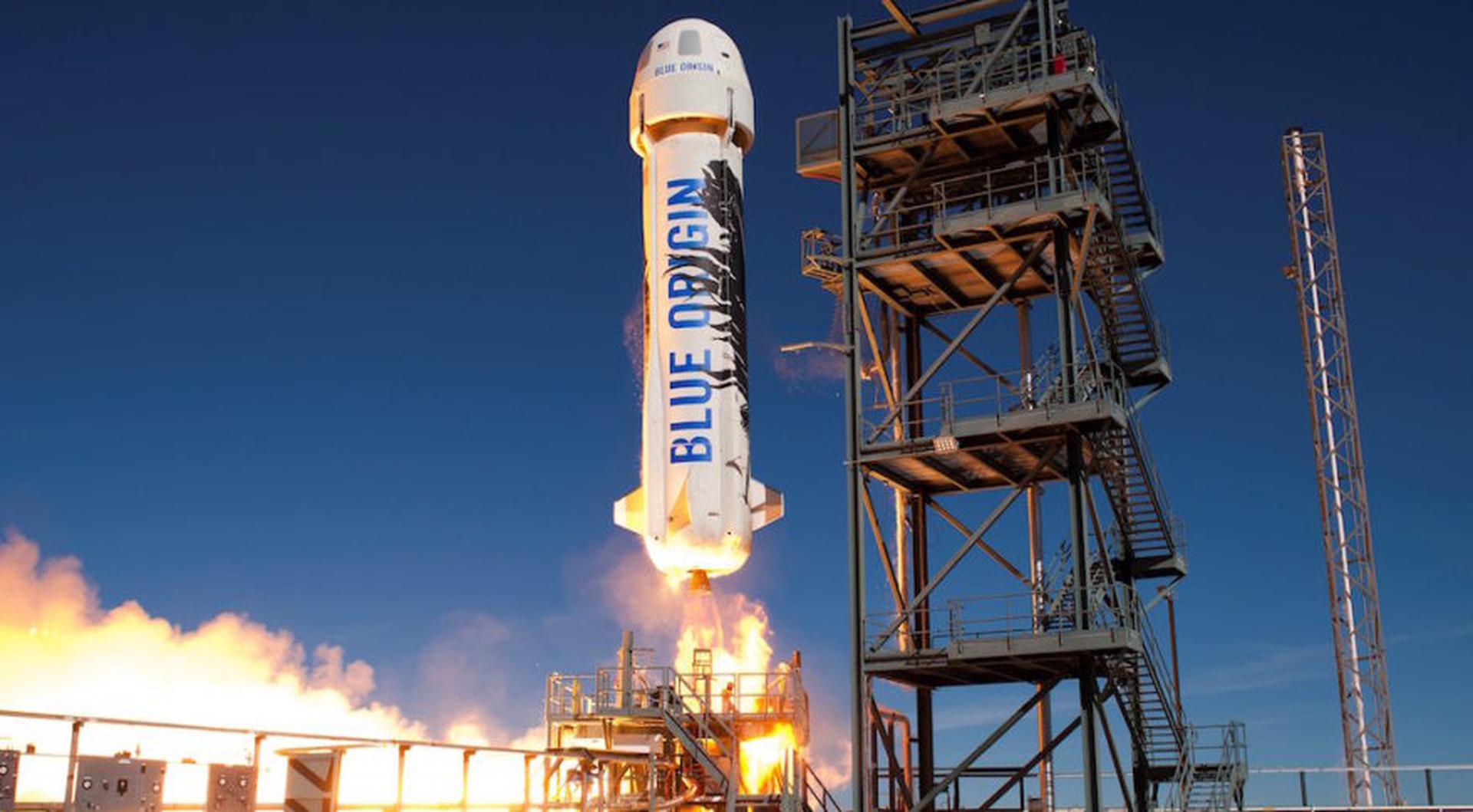Previous Spaceflight Launches
Filter by Agency, Locations or Vehicles
Show All LaunchesKuaizhou 1A | Shiyan 14 & Shiyan 15
ExPace | ChinaTaiyuan Satellite Launch Center, People's Republic of China
Sept. 24, 2022, 10:55 p.m.
Delta IV Heavy | NROL-91
United Launch Alliance | United States of AmericaVandenberg SFB, CA, USA
Sept. 24, 2022, 10:25 p.m.
Soyuz 2.1a | Soyuz MS-22
Progress Rocket Space Center | RussiaBaikonur Cosmodrome, Republic of Kazakhstan
Sept. 21, 2022, 1:54 p.m.
Status: Launch Successful
Mission:
Soyuz MS-22 carried Roscosmos cosmonauts Sergei Prokopeyev, Dmitry Petelin and NASA astronaut Frank Rubio to the International Space Station aboard the Soyuz spacecraft from the Baikonur Cosmodrome in Kazakhstan. The spacecraft suffered a thermal control system depressurization/leak on the ISS on December 15, 2022, possibly due to micrometeor impact. It will land back on Earth without crew and will be replaced by Soyuz MS-23.
Low Earth OrbitLong March 2D | Yunhai-1-03
China Aerospace Science and Technology Corporation | ChinaJiuquan Satellite Launch Center, People's Republic of China
Sept. 20, 2022, 11:15 p.m.
Status: Launch Successful
Mission:
The Yunhai-1 satellite is designed for detecting environmental elements in the atmosphere and ocean, the space environment, disaster prevention and reduction, and scientific experimentation. It is made by the Shanghai Institute of Spaceflight Technology.
Sun-Synchronous OrbitFalcon 9 Block 5 | Starlink Group 4-34
SpaceX | United States of AmericaCape Canaveral SFS, FL, USA
Sept. 19, 2022, 12:18 a.m.
Electron | The Owl Spreads Its Wings (StriX-1)
Rocket Lab | United States of AmericaRocket Lab Launch Complex 1, Mahia Peninsula, New Zealand
Sept. 15, 2022, 8:38 p.m.
Status: Launch Successful
Mission:
Second of three launches of a StriX satellite as part of Synspective’s SAR constellation. StriX-1 can gather high resolution Earth observation data regardless of conditions or daylight, offering a resilient and effective resource for the purposes of urban development, infrastructure monitoring, and disaster response.
Sun-Synchronous Orbit 30 - Maiden Flight South PacificLong March 7A | ChinaSat 1E
China Aerospace Science and Technology Corporation | ChinaWenchang Space Launch Site, People's Republic of China
Sept. 13, 2022, 1:18 p.m.
Status: Launch Successful
Mission:
Note: provisional information based on satellite naming The FH 2 (Feng Huo 2) series are reportedly the second generation of chinese military comsats and data relay satellites. They provide both C-band and UHF communications. China Aerospace Science and Technology Corp. manufactured the satellites based on the DFH-4 Bus.
Geostationary Transfer OrbitNew Shepard | NS-23
Blue Origin | United States of AmericaCorn Ranch, Van Horn, TX, USA
Sept. 12, 2022, 2:27 p.m.
Falcon 9 Block 5 | Starlink Group 4-2 & BlueWalker 3
SpaceX | United States of AmericaKennedy Space Center, FL, USA
Sept. 11, 2022, 1:20 a.m.
Status: Launch Successful
Mission:
A batch of 34 satellites for Starlink mega-constellation - SpaceX's project for space-based Internet communication system. BlueWalker 3 is a rideshare test satellite for AST SpaceMobile’s planned space-based cellular broadband network.
Low Earth Orbit B1058 - Flight Proven ( ) A Shortfall of GravitasAriane 5 ECA+ | Eutelsat Konnect VHTS
ArianeGroup | FranceGuiana Space Centre, French Guiana
Sept. 7, 2022, 9:45 p.m.
